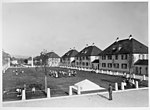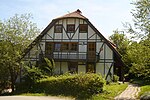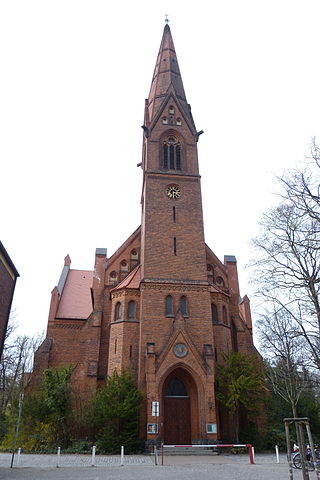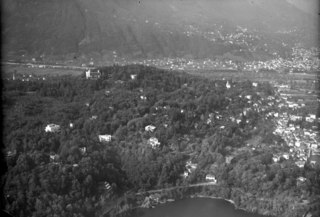Background
The settlement movement was party inspired by romanticized ideas of agriculture, which had been popular since antiquity, such as Arcadia and the Garden of Eden. It was also influenced by land reforms caused by population boom, urbanization and ensuing poverty.
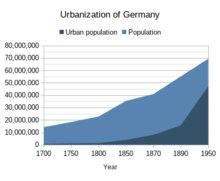
Due to technological, medical and agricultural advances, the population of the European continent doubled during the 19th century, from approximately 200 million to more than 400 million. [6] Approximately 70 million people emigrated from Europe, with most migrating to the United States. [7] The countries also urbanized, with the populations of numerous cities worldwide growing to over a million.
The land reform movement began in Europe in the 1830s. Based on David Ricardo's law of rent, English Chartists argued that private land ownership was the cause of urban poverty. The theory was adapted through various influential social economists such as Karl Marx, Friedrich Engels, Karl Kautsky and Eduard Bernstein. It was popularized by Henry George in his 1879 book Progress and Poverty. His lectures led to the creation of the Land Tenure Reform Association of John Stuart Mill that argued for the complete nationalization of land. [8]
An early proponent of land reform in Germany was Hermann Gossen with his 1854 book Die Entwicklung der Gesetze des menschlichen Verkehrs und der daraus fließenden Regeln für menschliches Handeln. The Austrian Theodor Hertzka published the utopian novel Freiland, ein soziales Zukunftsbild in 1889, promoting emigration to the "empty" New World. In opposition to this, Franz Oppenheimer published Freiland in Deutschland in 1894, arguing for cooperative-based settlements in Germany. Both agreed that it was possible to overcome capitalism not through political conquest but by cooperative economic subversion which they claimed would naturally lead to social justice. [9] Although Hertzka criticized their theories, Freiland can be seen in the tradition of Owenism and Fourierism, and parallelled the opinions of Marx and Engels. He also influenced Theodor Herzl, author of the founding document of Zionism, Der Judenstaat, published as a direct reply to Oppenheimer in his 1902 Altneuland. In 1911 they were tasked with the creation of Merhavia by the Zionist Congress, which later became a successful Moshav and Kibbutz.
The Prussian and later German government also designed official land reform programmes with limited success. In 1886 the Prussian Settlement Commission was created in West Prussia and Posen motivated by racist beliefs to increase the Germanization of former Polish territories. [10] The Commission oversaw developing administrative infrastructure for interior colonization in the German Reich such as centers of counseling, pension banks, cooperatives and private settlement companies like the Pommersche Ansiedlungsgesellschaft(1903) and Ostpreußische Landgesellschaft(1905). Dense city centers were untangled through the use of suburbs, allotment gardens and garden cities. Related publications were collected in the Archiv für innere Kolonisation [11] beginning in 1908. Ideas for the accommodation of soldiers returning from war originated in the start of World War I. [12] The Reichssiedlunggesetz ("Imperial Settlement Act") was passed in 1919. [13] To hasten the resettlement of refugees from Poland the Flüchtlingssiedlungsgesetz ("Refugee Settlement Act") was passed in 1923, leading to the relocation of about 2,500 refugees. Although settlements had been discussed as means to relieve urban poverty since 1918, results were "sobering". [12] Only 26,343 new settlements were created between 1919 and 1928; and 21,602 of these were in Prussia. This meant that only 25% of the intended area (Landlieferungssoll) of 1,413,706 ha (about 5,500 sq miles) was achieved.
In 1931 three new laws were passed to create 100,000 new settlements. [14] But the cabinet was overturned in May 1932 due to accusations of "Settlement Bolshevism". The Drang nach Osten became a core principle of Nazi Germany expressed through the slogan "Blood and soil" and tied to the belief that the German people were to expand their Lebensraum into eastern Europe, conquering and displacing the native Slavic and Baltic population via Generalplan Ost . The settlement movement became coupled with official policies through the Artaman League.





